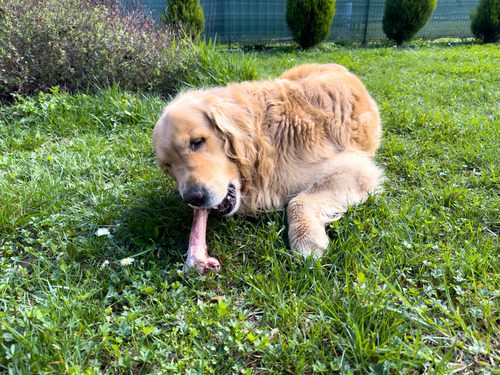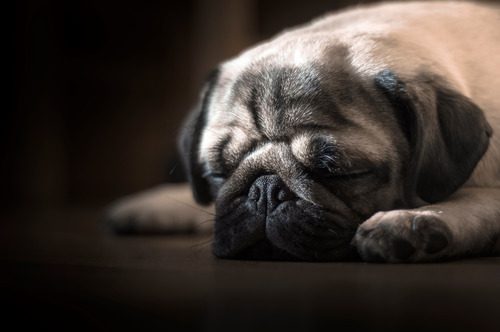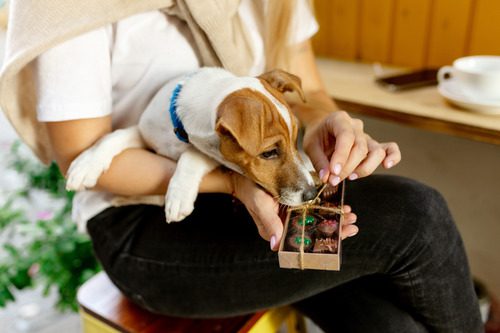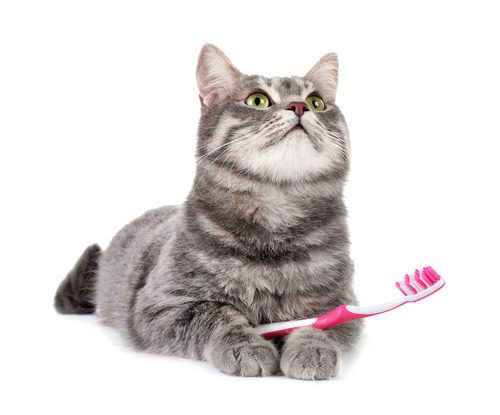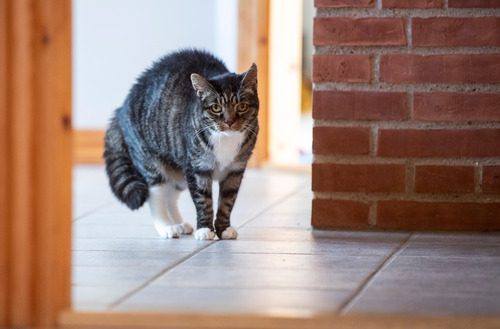Dog Hair Brushing: Tips and Why it’s Important
Do you brush your dog often, or do you wonder whether or not you should? Dog hair brushing is an important part of taking good care of your dog, and even if they have short hair, they may require a good brushing session every now and then. It not only helps with keeping your pet properly groomed, but it can help with their overall health, too.
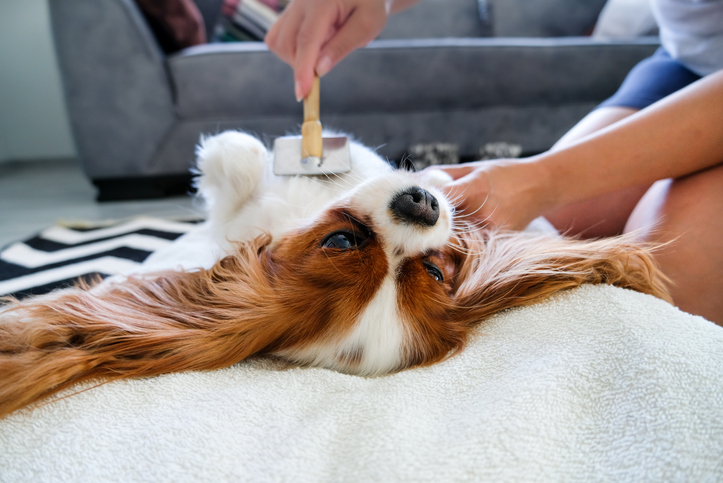
5 Tips for Dog Hair Brushing
Below, you’ll find tips to help you better understand how to brush your dog. By keeping up with their regular brushing needs, you can make sure your dog doesn’t get mats in their hair, and you can also notice any issues with their skin or coat health before they get out of hand.
If you have any questions about this process, you can always contact a veterinarian or professional dog groomer for advice. They’ll be able to further guide you in the right direction and can even take care of your dog’s grooming needs.
Below are 5 helpful tips for brushing dog hair:
1. Brush in the Right Direction (Dependent on Fur Type)
Make sure you brush your dog in the correct direction, depending on the type of hair or fur they have. This may not sound like something that is a big deal, but it can make a big difference.
Straight or Wavy Fur
If their hair is short to medium length and is straight or wavy, brush against the grain first, then brush their hair back down into place with a second pass. This way, you can loosen dead hair and remove it more easily.
Corded Fur or Really Tight Curls
If your dog has corded hair or very tight curls, you may be unable to brush it against the grain. In this instance, brush toward the paws no matter where you are brushing on your dog’s body. You’ll need to make sure you use the right type of brush for this special hair, too, but we will discuss that more in-depth a little bit later on.
2. Protect Their Eyes
Another dog hair brushing tip is to protect your dog’s eyes while you brush their face. They may be nervous with you brushing around their eyes already, so be sure you cover their eyes with your hand while working on this part of your dog.
You may also be able to find a special soft brush that won’t hurt their eyes even if they do get poked accidentally.
3. Be Careful of Sensitive Regions
Your dog’s belly, genital area, and anal region should also be groomed very carefully. Although it is important to brush around these areas, you should take care to avoid brushing over any sensitive parts of your dog’s body. If they are nervous with you brushing around these areas, be very cautious and work slowly.
You may need to have another adult help you while brushing your dog in these areas. A second person can hold your dog still or give them treats to help them stay calm so you don’t risk harming them. For the most part, however, they will be fine even if they are accidentally brushed in a sensitive area—but they may be startled and a little sore.
4. Don’t Forget the Tail
Not forgetting to brush your dog’s tail is another important dog hair brushing tip. If your dog has a long tail, it will need to be brushed, too. Dogs with long tails may risk clumps, mats, and tangles in the hair on their tails, especially since the tail tends to come into contact with a lot of contaminants and dirt in the dog’s environment.
If your dog does get a tangle or mat on their tail, it may be better to very carefully cut out the mat than to try to untangle it yourself. A dog’s tail can be very sensitive and untangling a mat may be painful for your pet.
5. Choose the Right Type of Dog Hairbrush
When it comes to deciding on the best dog hair brush to use, it’s important to know which type is most appropriate for your pet’s fur. You not only want the brush to function well with your dog’s fur, but you also want to make sure the brush is comfortable for your pet.
Here are the most common types of dog hairbrushes:
Slicker
Slickers can be used on dogs with any type of hair. It has long, thin, fine bristles that are usually made of metal, although they might be made of other materials too. Slickers are usually square or rectangular in shape, but not always.
Bristle
This type of brush is a lot like what you probably imagine when you think of a brush. It has short, fine bristles that are intended for use on short coats.
Undercoat
This type of dog hairbrush has very long pins that can brush out a dog’s undercoat. It is also sometimes called a rake.
De-shedder
This kind of brush is also sometimes called a blade. It looks a little bit like a loop attached to a handle, and the loop is usually flat on one side and bristled on the other.
Pin
This type of brush is intended for long and silky coats. It has rubber caps on the ends of the bristles.
Keep Up with Your Dog’s Hair Brushing
With the help of these tips, you should be prepared to brush your dog no matter what type of hair they might have. Although frequent brushing sessions can be troublesome, it’s a good idea to keep up with brushing your dog so you can help them have healthier skin and a better coat condition, too.
Hair brushing prevents mats, and therefore, it also significantly reduces the risk of bacterial and fungal skin infections. It also allows you to check your dog’s body and skin thoroughly for any problems so you can catch them before they get too bad. Finally, brushing feels good to your dog, and can help you bond with them, too!
At Heart + Paw, not only can we answer any questions you have about dog hair brushing, we can also offer dog grooming services at a number of our locations to help make sure your pet always looks and feels their best. Regular grooming is very important for your dog’s health, and hair brushing is part of that. Schedule your dog’s grooming appointment now by booking online or calling one of our centers.
Recent Posts
Can Dogs Eat Ham?
Ham is a popular meat found on many dinner tables, especially during the holidays. As a dog…
8 Signs and Symptoms of Diabetes in Dogs
Caring for a dog means being tuned in to the subtle changes that can reveal their overall…
Why Dogs Can’t Eat Chocolate and Tips for Keeping This Sweet Treat Out of Their Reach
Chocolate is a beloved indulgence for us, but for our dogs, it’s a hidden danger that can…
Why Cat Teeth Cleaning is Important For Your Pet’s Health
As a cat owner, you know how important it is to care for your feline friend’s overall…
Cat Body Language: A Guide To Understand What Your Cat is Telling You
Imagine trying to communicate without words, relying solely on subtle gestures, glances, and movements. This is how…
About Us
Heart + Paw was founded in 2018 by Chief Veterinary Officer Dr. George Melillo, who currently serves the Mid-Atlantic area. Heart + Paw offers a combination of veterinary care, pet grooming, and dog daycare to help be a resource in your pet parenthood journey.
We'd Love to Meet Your Four-Legged Friends
Find out how the friendly veterinary team at your local Heart + Paw can help your pets live longer, healthier lives by searching for a location near you.

